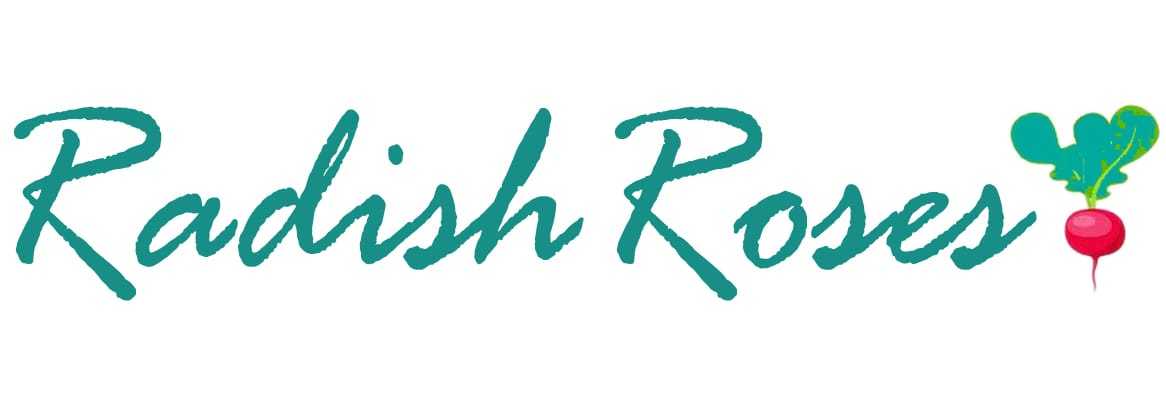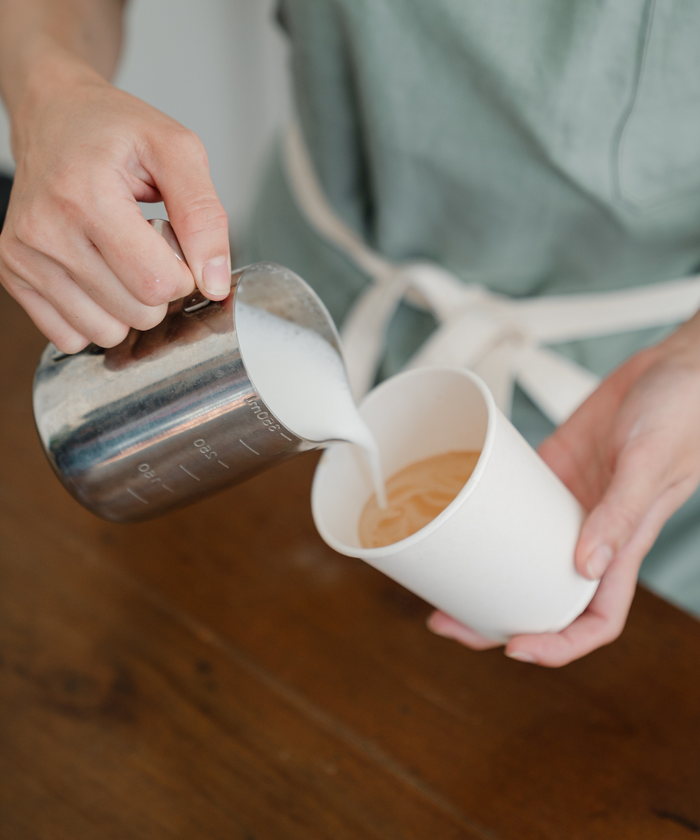Imagine sipping on a perfect cappuccino or latte with a velvety, creamy foam that elevates the experience to new heights.
The secret to achieving this lies in selecting the right milk for frothing. But with more dairy and non-dairy options available than ever, which is the best milk for frothing?
In this blog post, we will explore the science behind milk frothing, compare dairy and non-dairy milk options, and offer practical tips for finding the best milk for frothing to achieve that perfect froth.
Key Takeaways
- The science of milk frothing involves understanding its fat, protein and carbohydrate content.
- Dairy milks such as whole, skimmed or semi-skimmed are the best options for creating creamy froth and velvety textures in coffee drinks.
- Non dairy alternatives like oat, soy, and almond milk create unique benefits but may present more challenges than cow’s milk when it comes to latte art designs.
The Science Behind Milk Frothing
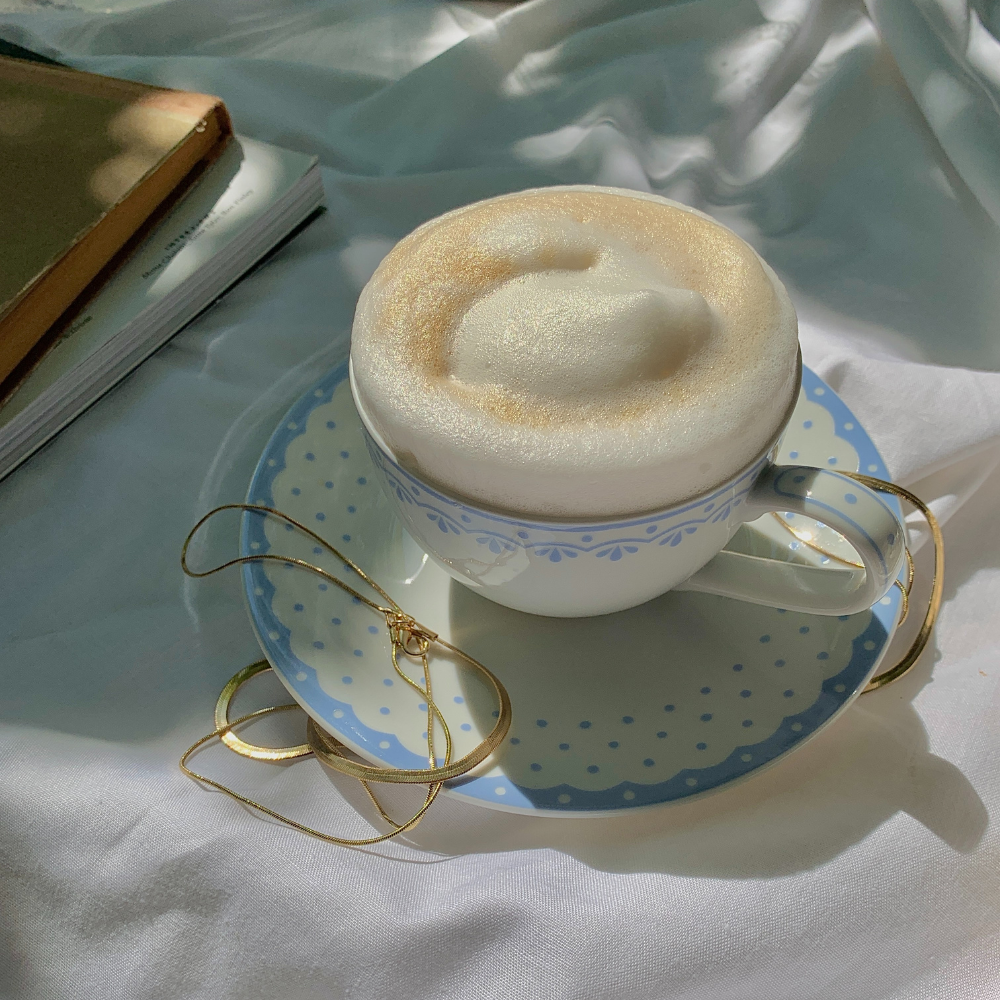
The process of frothing milk is largely determined by its fat, protein, and carbohydrate content, each playing a unique role in creating that perfect frothed milk for the coffee lover.
Higher fat milk is often considered the best for frothing milk due to its balanced content of:
- Fats
- Proteins
- Sugar/carbohydrates
- Water
But why do these components matter so much, and what makes some milks froth better than others?
The Role of Proteins
Milk proteins such as casein and whey, significantly contribute to the frothing process. Whey protein makes the milk froth easily into a fluffy foam, and casein contributes to the foam’s stability.
The protein in milk creates an outer layer around air bubbles, helping to maintain the stability of the milk froths. Bear in mind that foam stability is influenced by milk temperature, making hot milk froth more easily than cold milk.
The Impact of Fats
Milk fat has a significant impact on the texture and size of the resulting foam. The proteins in milk attach to both fat and air, resulting in smaller air bubbles and a more velvety foam texture. Generally, higher fat whole milk produces a creamier, thin froth, while a lower fat content results in a dense froth that is less creamy.
To achieve your desired foam type, which may vary with the drink you’re preparing, knowing the effect fat has when you froth milk is crucial.
Carbohydrates and Froth Quality
Carbohydrates, primarily lactose, also play a vital role in determining froth quality. Higher levels of carbohydrates result in thick foam, while lower levels lead to a thinner, less stable foam.
Dairy milks generally contain higher levels of carbohydrates than non-dairy milks, resulting in a thicker, more stable foam. In contrast, milk alternatives typically have lower levels of carbohydrates, resulting in milk froths with a thinner foam that is less stable.
Temperature Control
Controlling temperature is another key factor in achieving the perfect foam. Using the right temperature when frothing barista milks is crucial for optimal results.
It is advised to froth barista milks at a temperature between 65-70°C (150-160°F).
Maintaining the correct temperature assures your foam has the ideal texture and flavor for your coffee creation.
Dairy Milks for Frothing: Whole, Skimmed, and Semi-Skimmed

Whole, semi-skim, and skim milk are all suitable for frothing, providing different results depending on your froth preferences.
Full cream milk generally creates a creamier froth, and is often said to have a better taste.
Conversely, skimmed milk produces a more solid, drier foam, and is commonly preferred when making a cappuccino.
We’ll now further examine these dairy options and their capacity to create milk froths.
Whole Milk
Whole milk is renowned for its ability to produce a thicker, creamier foam, making it an ideal choice for creating lattes and cappuccinos. This is due to its higher fat amount, which helps to create a richer, more velvety texture.
If a creamy texture in your coffee appeals to you, then whole milk froth is your best option.
Skimmed Milk
Skim milk, on the other hand, is a variety of milk that has had the fat content removed, resulting in lighter texture milk froths.
This makes it ideal for frothing, as it produces a lighter, airier skim milk froth, which is commonly used for cappuccinos.
The absence of fat in skim milk makes it easier to foam, resulting in bigger and more resilient bubbles that last longer. However, it’s worth noting that the flavor of skim milk is often described as watery compared to whole milk.
Semi-Skimmed Milk
Semi-skim milk provides a satisfactory equilibrium between foam density and creaminess, making it an ideal option for frothing.
With a fat content higher than skimmed milk but not as high as whole milk, it produces a sufficient amount of foam without being overly dense.
Semi-skim milk, with its balanced blend of foam density and creaminess, is a commendable frothing choice.
Best Non-Dairy Milk for Frothing
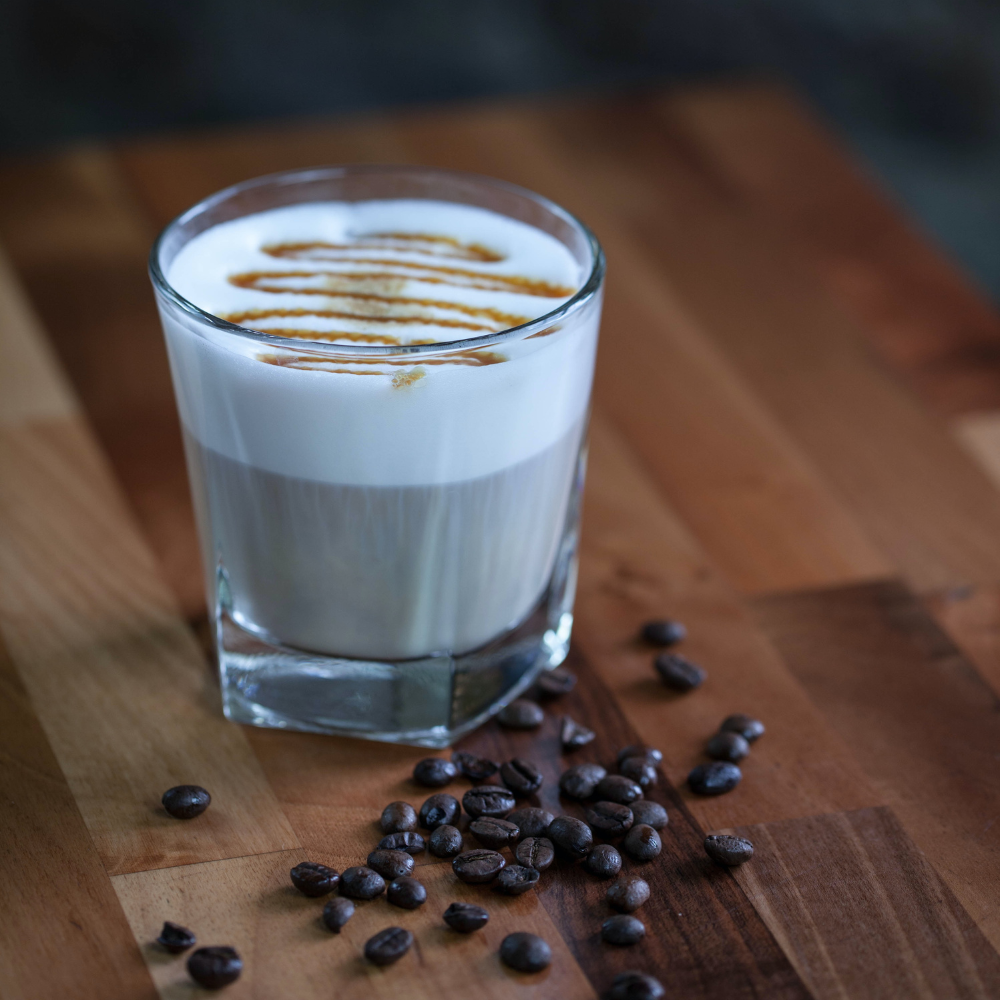
For those who prefer plant based milk or have dietary restrictions, fear not! There are plenty of non-dairy milk alternatives that froth well and offer unique taste profiles. Oat milk, almond milk, and soy milk are some of the best non dairy milk options for frothing.
Frothing plant-based milk has unique advantages and difficulties, which we will delve into next.
Oat Milk
Oat milk has gained popularity in recent years, not only for its taste but also for its similar behavior to dairy milk in frothing.
When heated, it exhibits similar behavior to dairy milk, making oat milk froth a favored choice for frothing and producing creamy coffee foam.
Oat milk, with its creamy foam production, is probably the closest milk substitute for those opting for non-dairy alternatives yet desire delicious foam in their coffee.
Almond Milk
Almond milk is another popular non-dairy milk alternative that works well for frothing. Due to its high protein content, almond milk creates fluffy, dense microbubbles.
Almond milk froth is a suitable steamed milk substitution for crafting latte art and enriching your coffee creation with a luxurious touch.
However, keep in mind that the pourable foam produced by almond milk may not be identical to the milk froths from dairy milk.
Soy Milk
A long-time favorite among non-dairy milk consumers, soy is also a viable option for frothing. It has a high protein content that allows for the formation of a dense foam when frothed.
Its neutral flavor makes it an ideal choice for lattes and cappuccinos.
However, the lower fat content mean soy is not the best milk for the creation of detailed latte art designs, and you may have more challenges when you froth soy milk than frothing cow’s milk.
Coconut Milk
Coconut milk, extracted from the white flesh of mature coconuts, is a popular non-dairy alternative that is creamy and rich in flavor.
It's a great choice for those who enjoy a hint of tropical flavor in their coffee drinks. However, when it comes to frothing, coconut milk can be a bit of a wild card compared to almond milk or soy milk.
Due to its lower protein, coconut milk foam can often separate quickly, resulting in a less than ideal texture.
That said, if you're a fan of coconut flavor and don't mind a less stable froth, coconut milk can still be a tasty choice for your coffee drinks.
It's worth noting that the quality of froth can vary significantly between different brands of coconut milk, due to differences in their fat and protein content.
So, if you're keen on using coconut milk for frothing, you might need to experiment with a few different brands to find one that gives you the best results.
Specialty Barista Milks: What Makes Them Different?
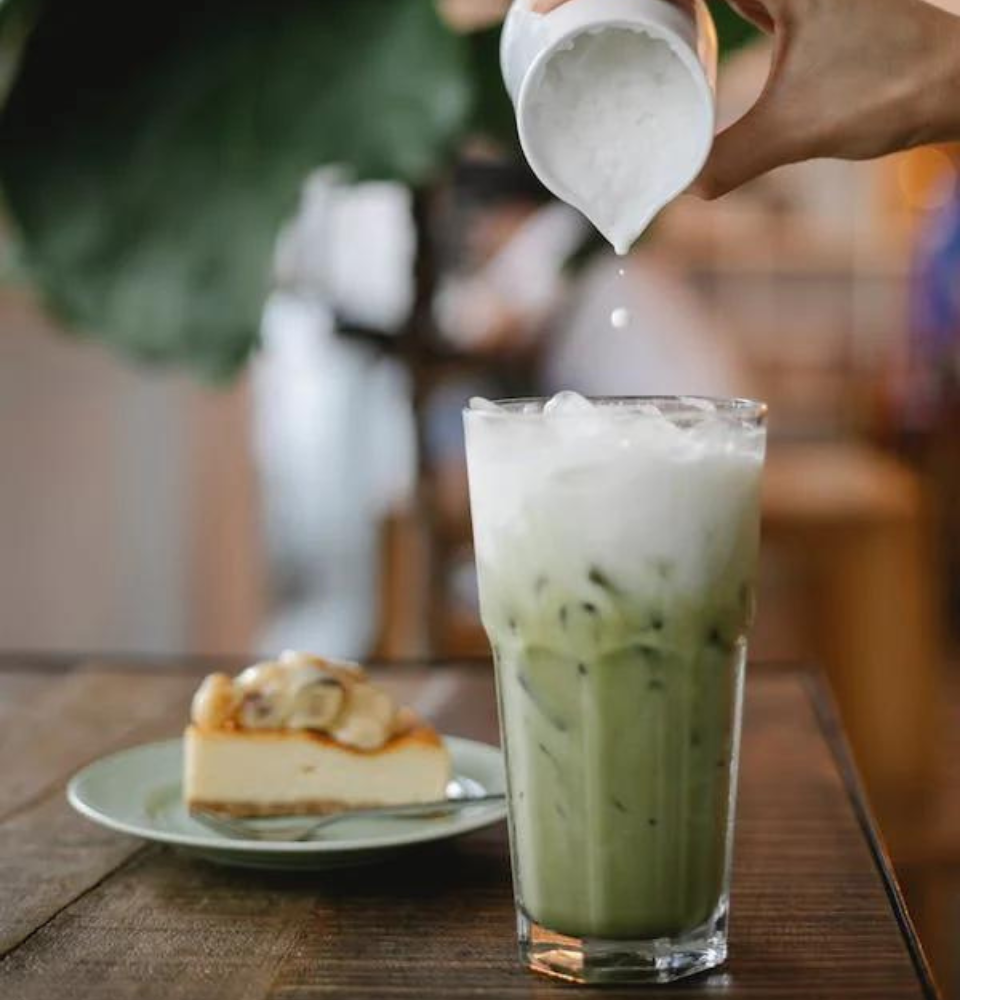
For those who are serious about their coffee game and want to achieve optimal frothing performance, specialty barista milks may be the answer. These milks are formulated specifically to enhance frothing performance and foam stability, ensuring that you get the perfect foam every time.
But what precisely differentiates these milks from their regular versions?
Specialty barista milks often contain added proteins and fats to improve froth formation and texture. Whey and casein proteins are commonly added to enhance the creaminess of the milk, while a higher fat content provides a rich, stable foam.
These extra proteins and fats ensure that your froth is not only delicious but also holds up well in your coffee drink.
Milks to Avoid for Frothing
While many types of milk can be frothed, there are some that do not produce satisfactory milk froths.
We will now address the types of milk you may want to steer clear of when frothing.
Cashew Milk

Cashew milk, while a delicious and creamy plant-based milk alternative, is not ideal for frothing. Unlike coconut milk, it produces a very thin foam, making it a poor choice for achieving that perfect milk froth in your coffee.
While its creamy and slightly sweet taste may render it a popular dairy-free substitute for cow’s milk, for frothing purposes, other alternatives would be more suitable.
Rice Milk
Rice milk, a popular non-dairy alternative derived from milled rice and water, unfortunately, doesn't make the cut when it comes to frothing.
While it's naturally sweet flavor and light consistency make it a favorite for those with dietary restrictions, its low fat and protein make it unsuitable for creating a rich, velvety froth.
When heated, rice milk tends to produce a thin, watery froth that lacks the desired creaminess coffee aficionados seek.
Furthermore, it has a tendency to separate when heated, making it challenging to achieve a consistent froth.
Despite its benefits in other culinary applications, rice milk is not the best choice for those looking to achieve the perfect froth for their coffee beverages.
Hemp Milk
Hemp milk is another non-dairy milk that is not suitable for frothing due to its inability to create milk foam and its tendency to curdle in coffee. While hemp milk is a nutritious and plant-based alternative to cow’s milk, its properties make it a poor choice for frothing.
Frequently Asked Questions
What is the best milk for frothing?
a: All dairy milks have their own unique froth qualities that work with various drinks. For the best frothing results, Whole milk is your best bet.
It has a high protein and fat content which produces thick foam and a creamy texture that makes for an excellent latte or cappuccino.
The added sugars make it taste richer than skim milk, too.
Why does 2% milk froth better?
a: 2% milk froths better than whole milk because it contains less fat, which creates a more stable and voluminous foam.
Whole milk, on the other hand is unmatched for a thick and creamy result that can be more appropriate in certain drinks.
Are non-dairy milks suitable for frothing?
a: Yes, non-dairy milks such as oat milk, almond milk and soy milk are suitable for frothing and have their own unique capabilities and taste profiles.
What is the optimal temperature for frothing milk?
a: For optimal frothing results, milk should be heated to a temperature between 65-70°C (150-160°F).
Why should I avoid using cashew milk for frothing?
a: Cashew milk doesn’t froth well, resulting in a thin and bitter foam, so it’s not ideal for making coffee.
Mastering the art of achieving the perfect milk froth may seem intimidating, but with a few handy hints, you’ll soon become a frothing expert. Temperature control is crucial – make sure to froth your milk at the optimal temperature for the best results.
Additionally, using fresh milk will provide a better froth, as older milk is less likely to froth well. Lastly, investing in the right equipment, such as a milk frother with adjustable temperature settings and an appropriate milk pitcher, can make all the difference in your frothing endeavors.
In summary, the key to achieving perfection when you froth milk lies in understanding the roles of proteins, fats, and carbohydrates in milk and choosing the right type of milk for frothing. Whether you prefer dairy options like whole, skim, or semi-skim milk or non-dairy alternatives like oat, almond, or soy milk, knowing the characteristics of each milk can help you achieve the best froth for your coffee drinks.
So, go forth and froth with confidence, knowing that the perfect foam is within your reach. With practice and the right ingredients, you’ll be crafting coffee masterpieces in no time.
